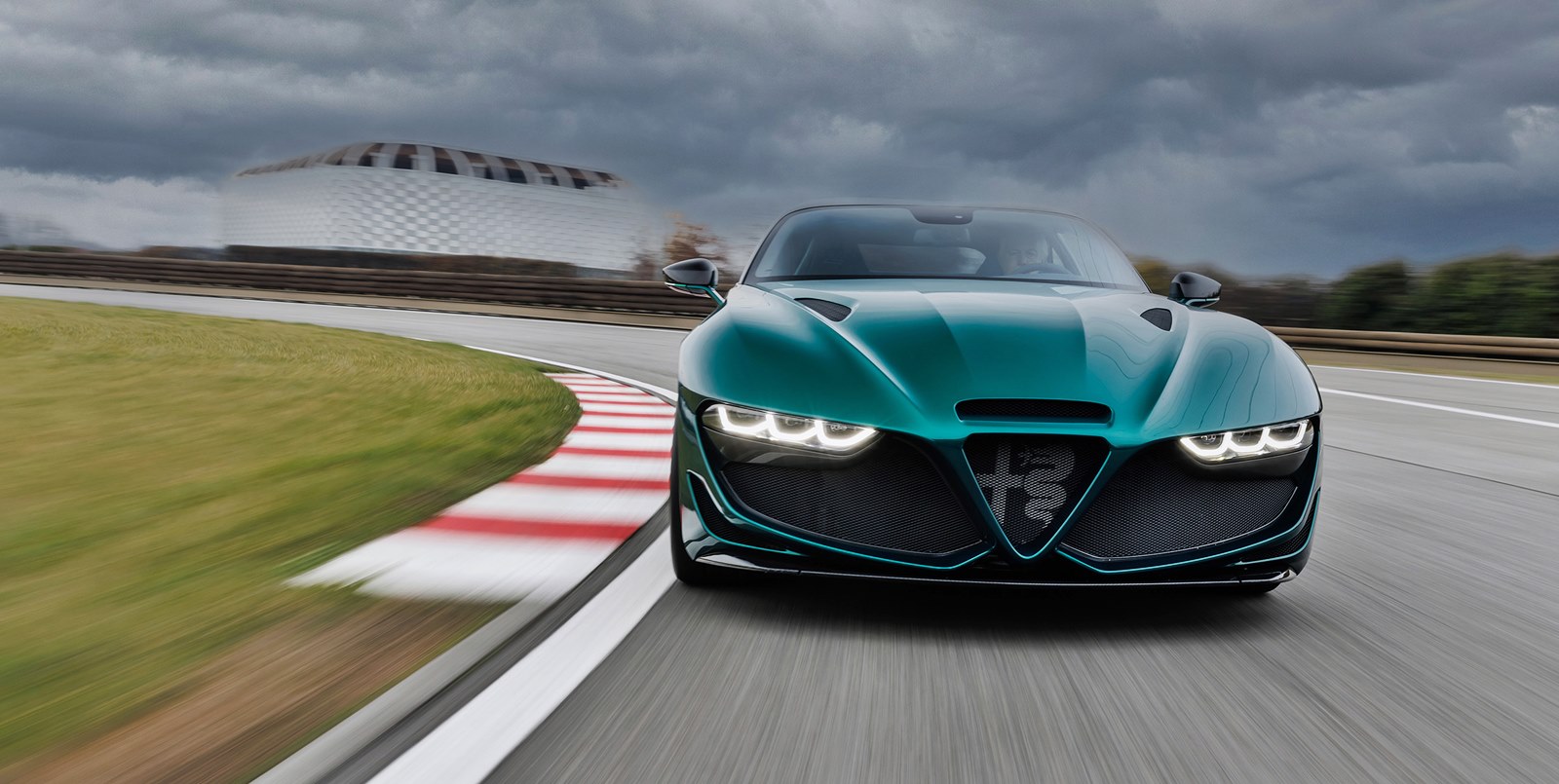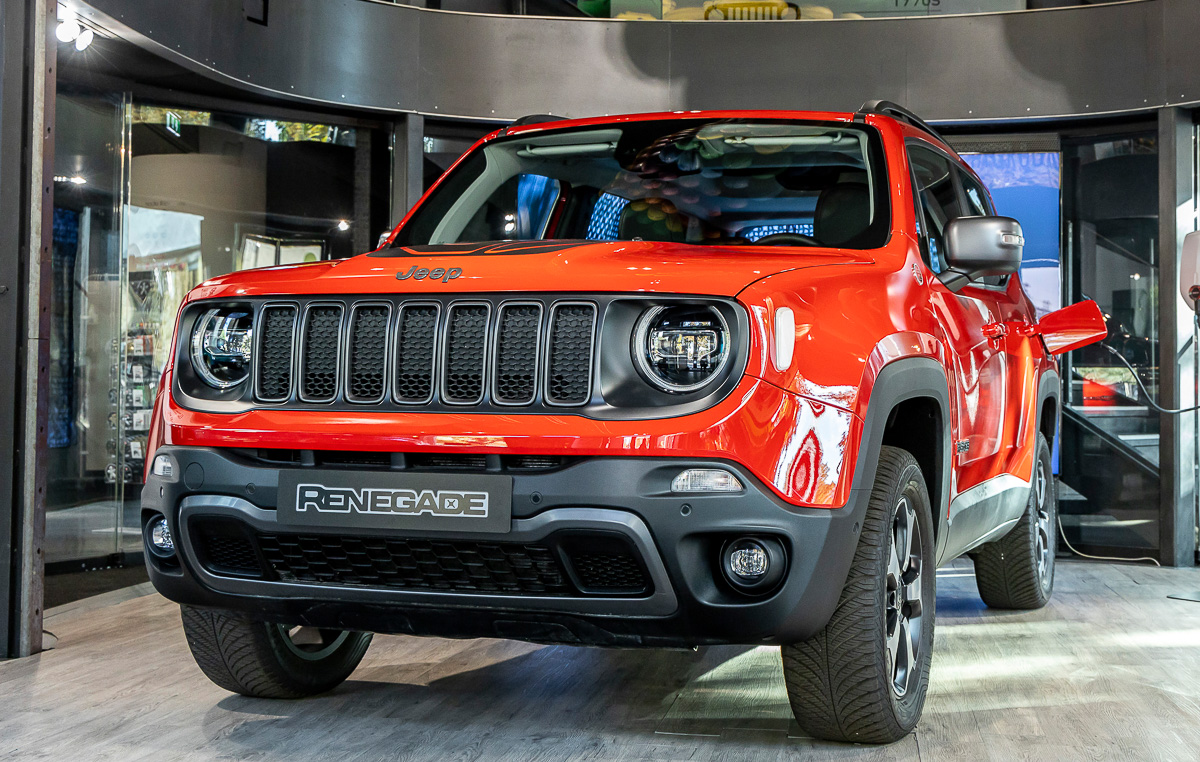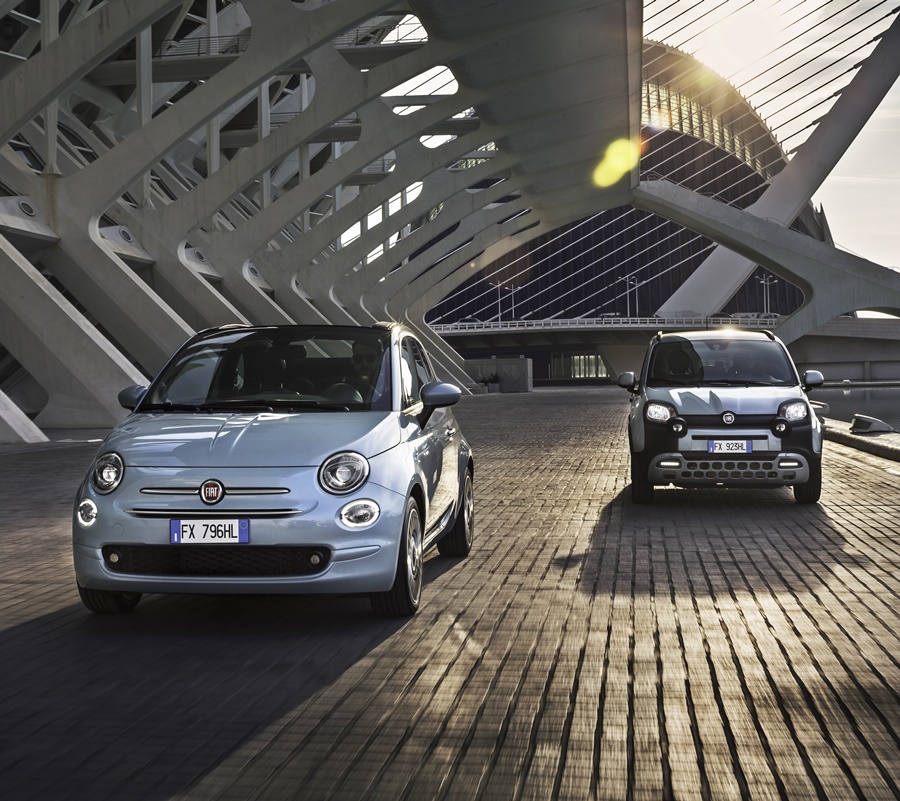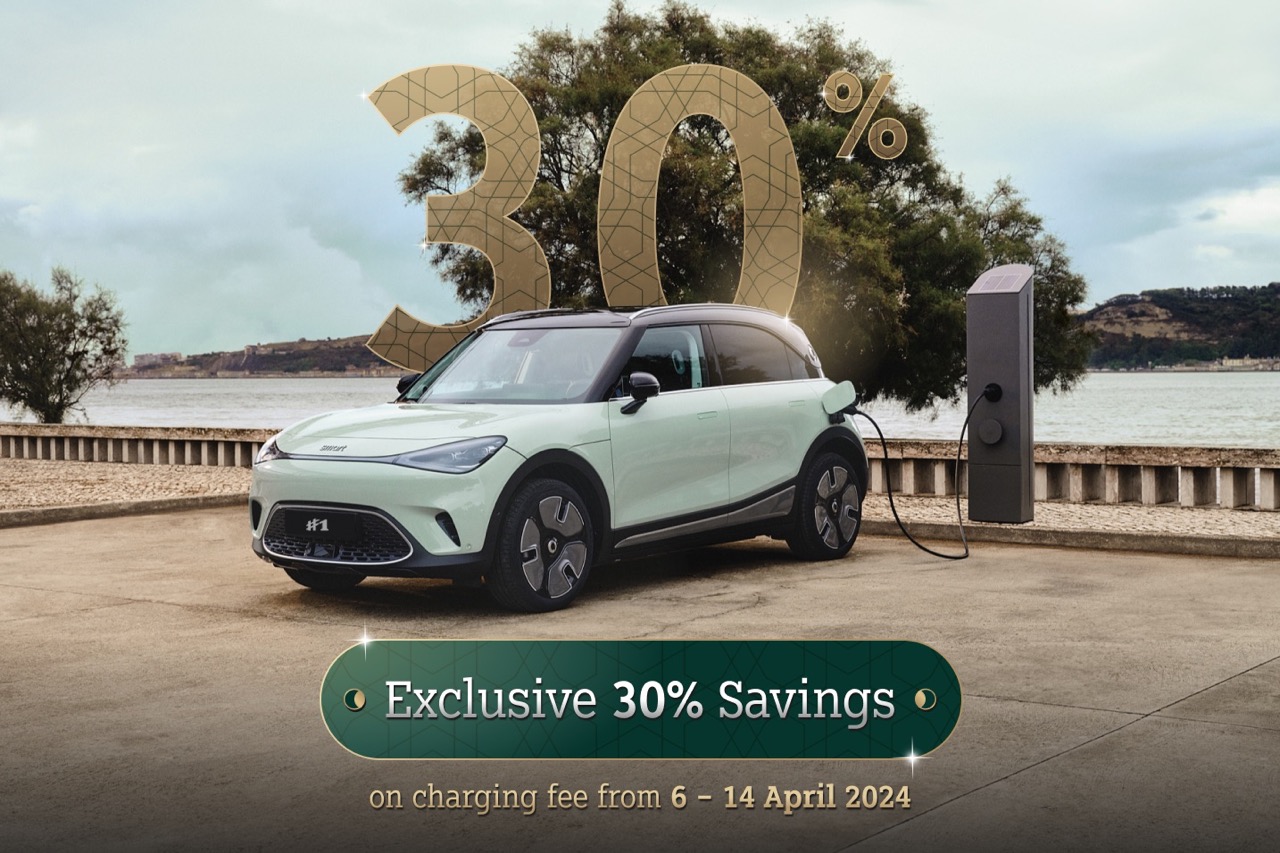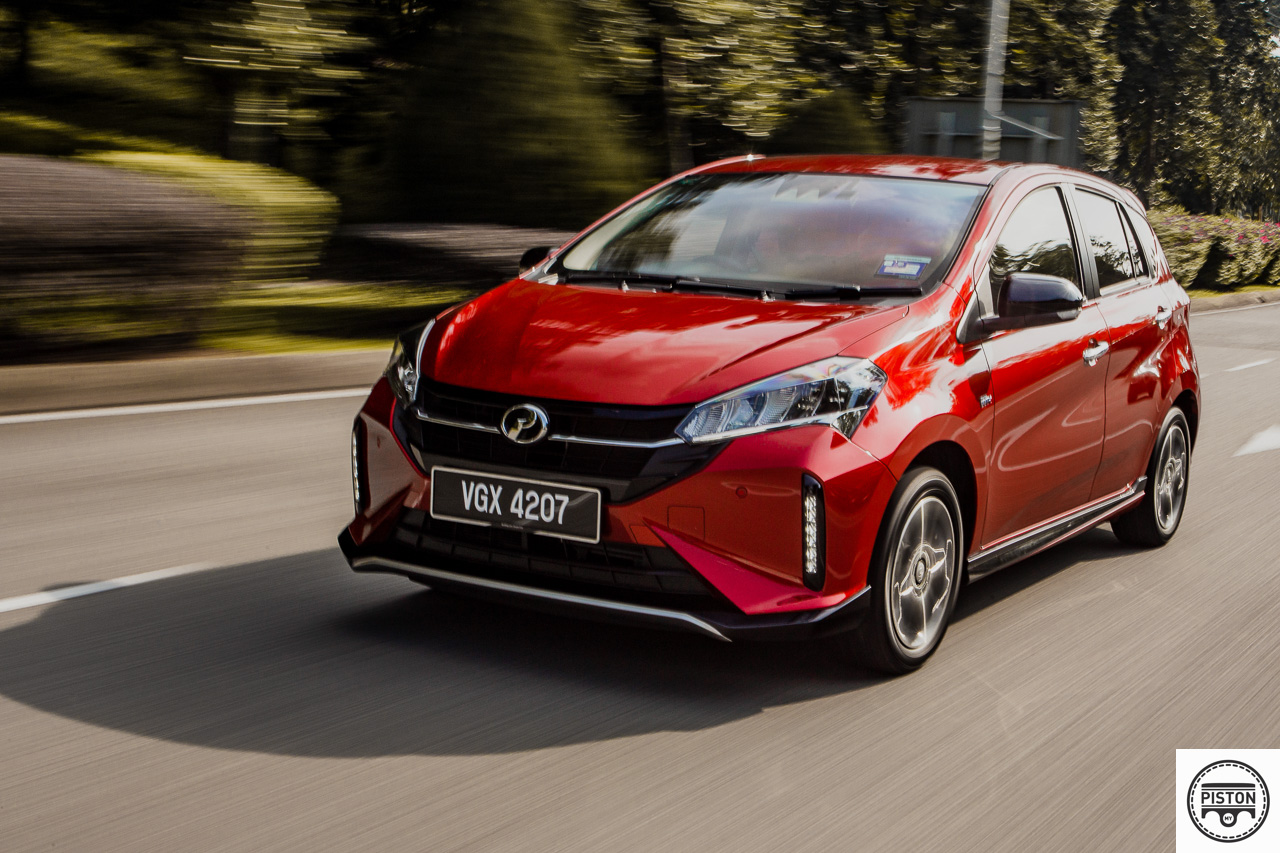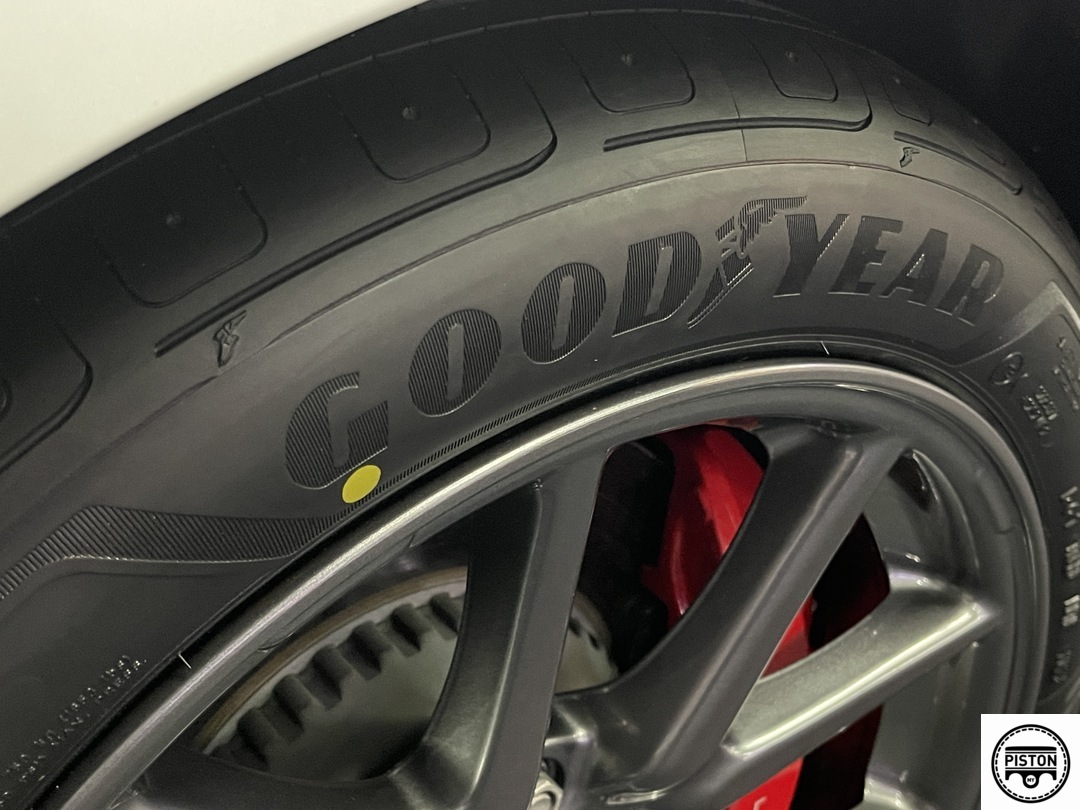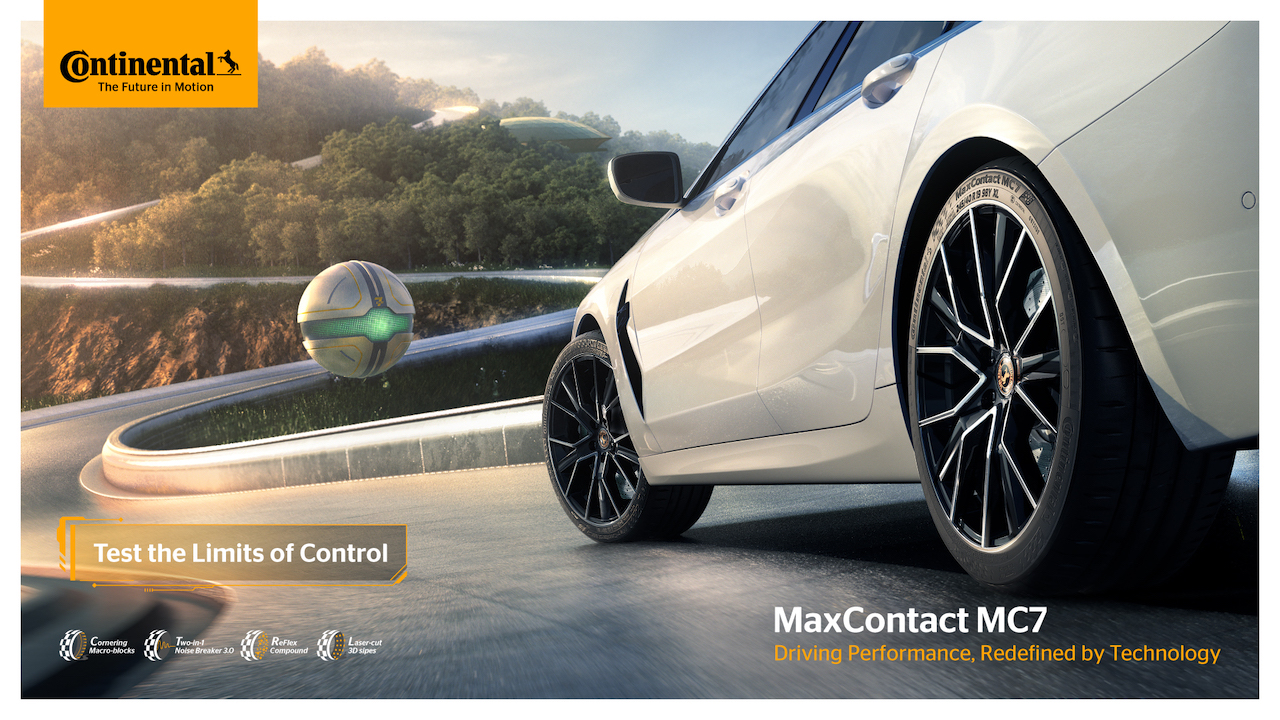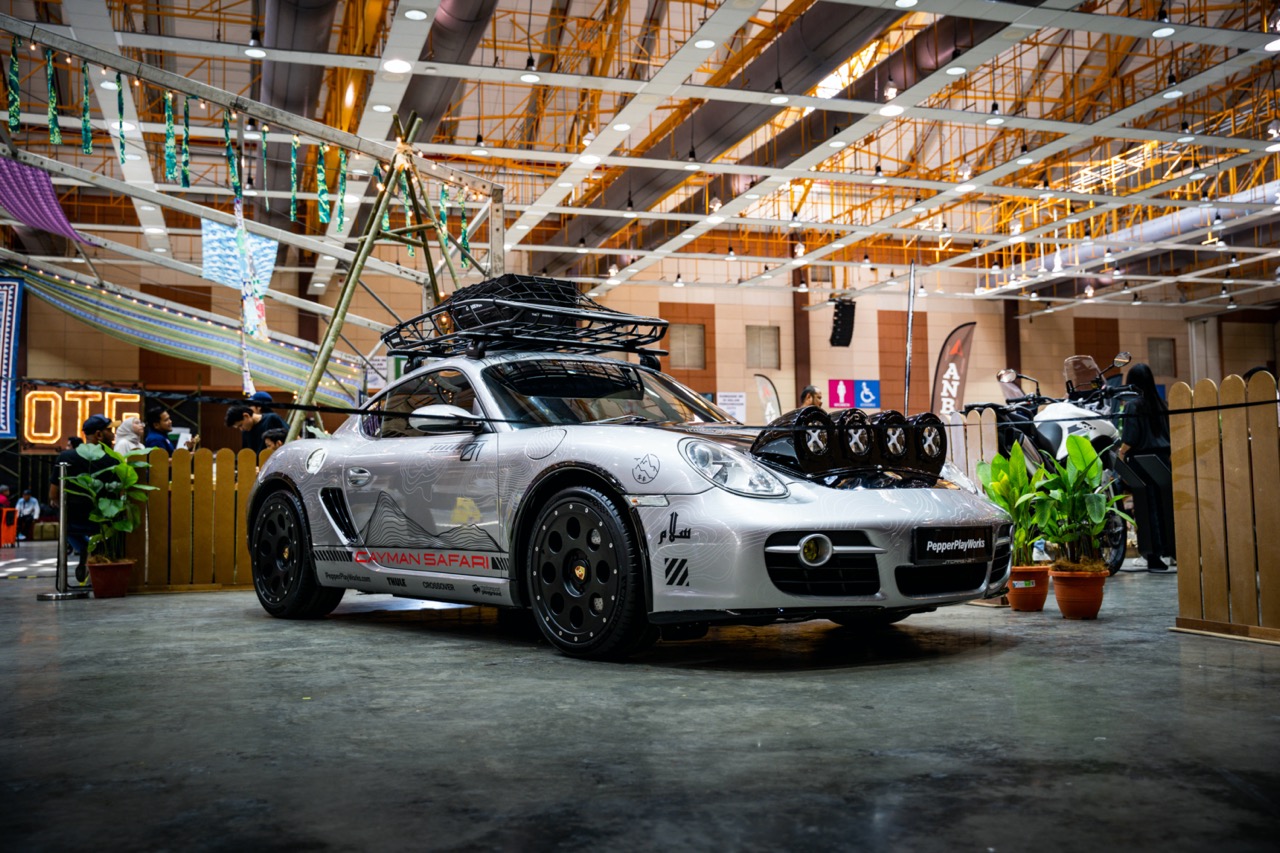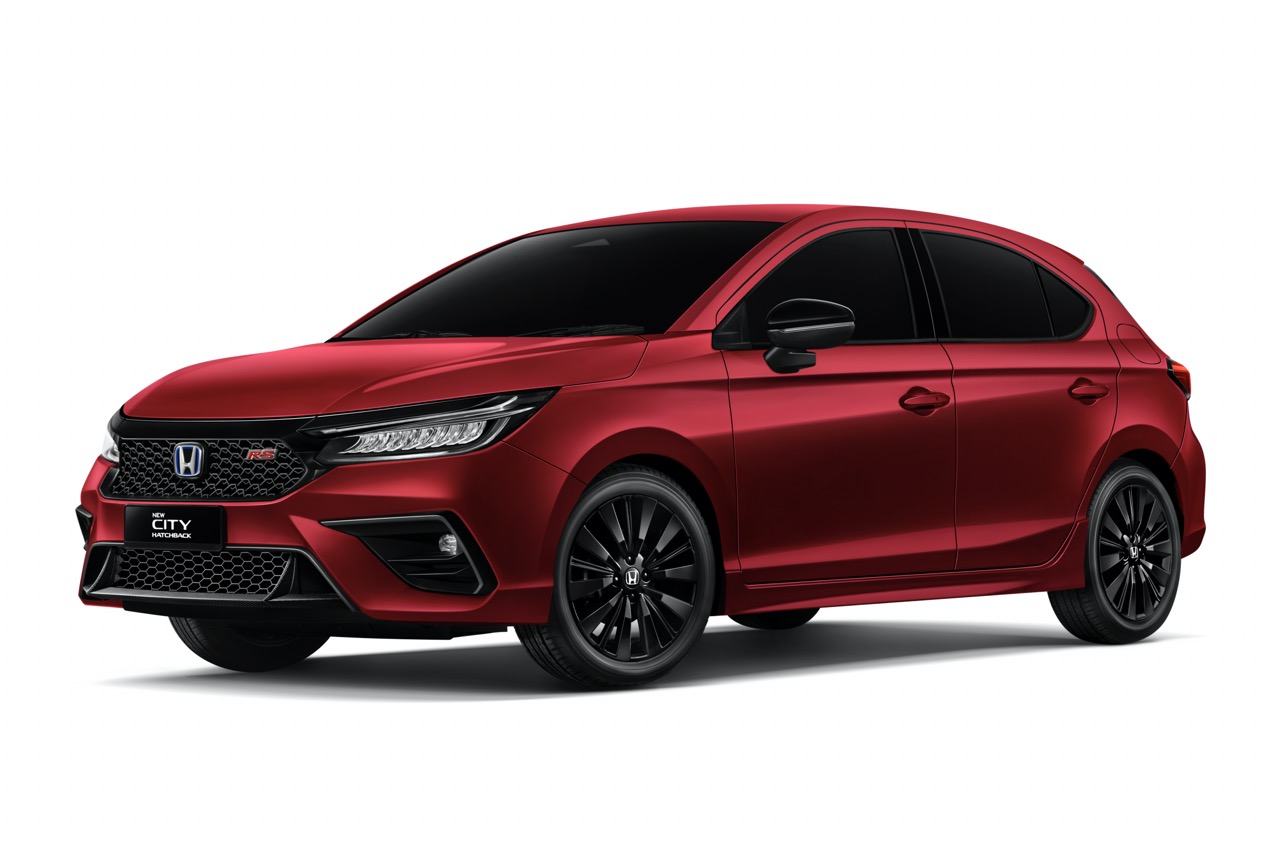In defiance of forecasts heralding the end of the internal combustion engine (ICE) era, major automotive conglomerate Stellantis is intensifying its focus on piston-powered vehicles. With ownership of 14 brands under its umbrella, Stellantis is funnelling a staggering $6 billion investment into South America, earmarked for the development of new ICE technology and vehicles.
This mammoth investment, touted as the largest in South America’s automotive realm, is set to underpin the introduction of over 40 new vehicle models and the advancement of flex-fuel engines capable of running on both petrol and ethanol. In addition, Stellantis is charting the course for the rollout of hybrid-flex and plug-in hybrid-flex configurations to enhance efficiency, with plans for at least one fully electric vehicle slated to debut in the region between 2025 and 2030.
The electrified flex-fuel engines are slated for integration across Stellantis’ expansive lineup, engineered to seamlessly integrate into existing production frameworks to mitigate costs. Anticipated to hit the market by late 2024, the new flex-fuel hybrid models are expected to offer dual-clutch automatic transmission options, catering to diverse consumer preferences.
Stellantis commands a formidable market presence in South America, boasting a commanding 31.4 percent share in Brazil and 23.5 percent overall. Its dominance extends to key markets such as Argentina and Chile, where it reigned supreme last year with over 878,000 vehicles sold in the region. Moreover, Stellantis maintains its stronghold in the commercial vehicle segment, securing a substantial 28.6 percent market share.
Fiat, a subsidiary of Stellantis, has emerged as the preeminent brand in South America for three consecutive years, propelling robust sales figures in the region. Despite experiencing a diminished footprint in Europe and North America, Fiat continues to wield considerable influence in Latin American markets.
In parallel, Toyota has also affirmed its commitment to ICE technology, embarking on the development of a new suite of combustion engines. While South America’s emissions regulations may not be as stringent as those in Europe, the proposed ban on new emissions-producing vehicles by the EU in 2035 could encounter hurdles and potential delays.


